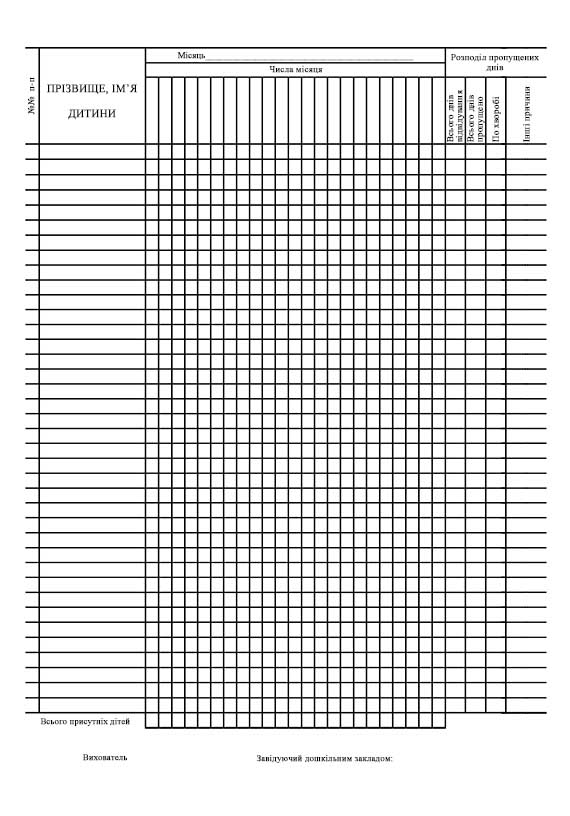
Tabelj Oblku Vdvduvannya Dtej Forma No 305
After herbivory, plants release volatile organic compounds from damaged foliage as well as from nearby undamaged leaves that attract herbivore enemies. Little is known about what controls the volatile emission differences between damaged and undamaged tissues and how these affect the orientation of herbivore enemies. We investigated volatile emission from damaged and adjacent undamaged foliage of black poplar ( P opulus nigra) after herbivory by gypsy moth ( L ymantria dispar) caterpillars and determined the compounds mediating the attraction of the gypsy moth parasitoid G lyptapanteles liparidis (Braconidae). Female parasitoids were more attracted to gypsy moth‐damaged leaves than to adjacent non‐damaged leaves. The most characteristic volatiles of damaged versus neighbouring undamaged leaves included terpenes, green leaf volatiles and nitrogen‐containing compounds, such as aldoximes and nitriles. Electrophysiological recordings and olfactometer bioassays demonstrated the importance of nitrogenous volatiles.
Under field conditions, parasitic Hymenoptera were more attracted to traps baited with these substances than most other compounds. The differences in volatile emission profiles between damaged and undamaged foliage appear to be regulated by jasmonate signalling and the local activation of volatile biosynthesis. We conclude that characteristic volatiles from damaged black poplar foliage are essential cues enabling parasitoids to find their hosts. Volatile collection and analysis To investigate the local and systemic emission of volatiles from P. nigra after L. dispar feeding, two individual trees (approximately 1.20 m in height and 1 year old) of each of 20 different genotypes were selected (40 trees altogether). Twenty trees were then infested with gypsy moth caterpillars and the other 20 functioned as controls.
Thus, each treatment contained 20 tree genotypes as replicates. During the experiment, trees were kept in a climate chamber (humidity: 60%, day/night temperature: 20 °C/16 °C; 16 h light). The experiment was performed approximately 2 months after leaves started flushing.
How to create Acronis Bootable Media with a backup archive on it (all-in-one) This article applies to: • (!) For Acronis True Image Home 2011 see. Introduction Using Acronis True Image Home 2010, you can create Acronis Bootable Media that has a backup of your system on it (all-in-one). No options or selections such as resizing partitions will be available. Solution • Start Acronis True Image Home 2010 and select Backup -> Disk and Partition Backup: • Select a partition or the whole disk to back up: • As a backup location, select the removable media (CD/DVD/Flash): • Click Backup options -> Removable media settings -> Place Acronis True Image Home (Full version) on media: You can also place Acronis One-Click Restore on the media. With this option, when you boot from the media and click Recover, all data will be recovered to its original place automatically. Acronis true image free edition.
The young foliage of each tree was divided into two sections, basal and apical, based upon the position in the tree. Each section had 20–30 leaves and was enclosed with polyethylene terephthalate (PET) foil (Toppits ® Bratschlauch, Minden, Germany) (Fig. a).
Seven fourth instar L. dispar caterpillars were released in the PET bags covering the basal section and allowed to feed for 41 h before volatile collection started. Caterpillars were allowed to remain on the trees during volatile collection to avoid possible mechanical damage to the tree caused by bag removal. As a control, we also collected volatiles released from the insects themselves (and their frass) for 4 h right after these were removed from the trees ( shows the results). All measurements were performed in May 2011.
Herbivory and following volatile collections were both carried out in a climate chamber (humidity: 60%, day/night temperature: 20 °C/16 °C; 16 h light). As the 40 plants could not be treated at the same time, the experiment was split up into four blocks, each block containing trees from each treatment.
Emission of volatile compounds from herbivore‐damaged and adjacent undamaged leaves of P opulus nigra (black poplar) trees infested with L ymantria dispar (gypsy moth) caterpillars. (a) The foliage of young trees established from cuttings of 20 different genotypes of old‐growth P. nigra was divided into basal and apical sections with polyethylene terephthalate (PET) foil and seven 4th‐instar caterpillars were released into the basal section. Borat full movie free download in hindi. A second set of PET foil‐divided trees was left as controls without caterpillars. After 41 h of caterpillar feeding, volatiles were collected using a dynamic headspace collection system and analysed by GC‐MS and GC‐FID.

All of the features at fantasyfootballfix.com are specific to your FPL Squad, and therefore in order to use our site, you are required to upload your squad from the FPL website, and you can do this either by your FPL Password or ID.
(b, c) Emission of major groups of volatiles was recorded from herbivore‐damaged and adjacent undamaged foliage in relation to control emission from corresponding regions of trees not subject to L. dispar herbivory. Data are presented as mean ± SE, n = 20 (one representative of each of 20 genotypes). Asterisks indicate significant differences between herbivore‐infested trees and the controls: * P. Hymenopteran parasitoid attraction to single volatiles in the field Parasitoid attraction to nine individual poplar volatiles and a solvent control (hexane) was tested in the lower canopy of four old‐growth trees within the black poplar population described earlier. The choice of compounds for this experiment was based upon the results from the electrophysiological and behavioural experiments with parasitoids conducted in the laboratory, as well as on the results from the random forest analysis of volatiles released from 20 tree genotypes.